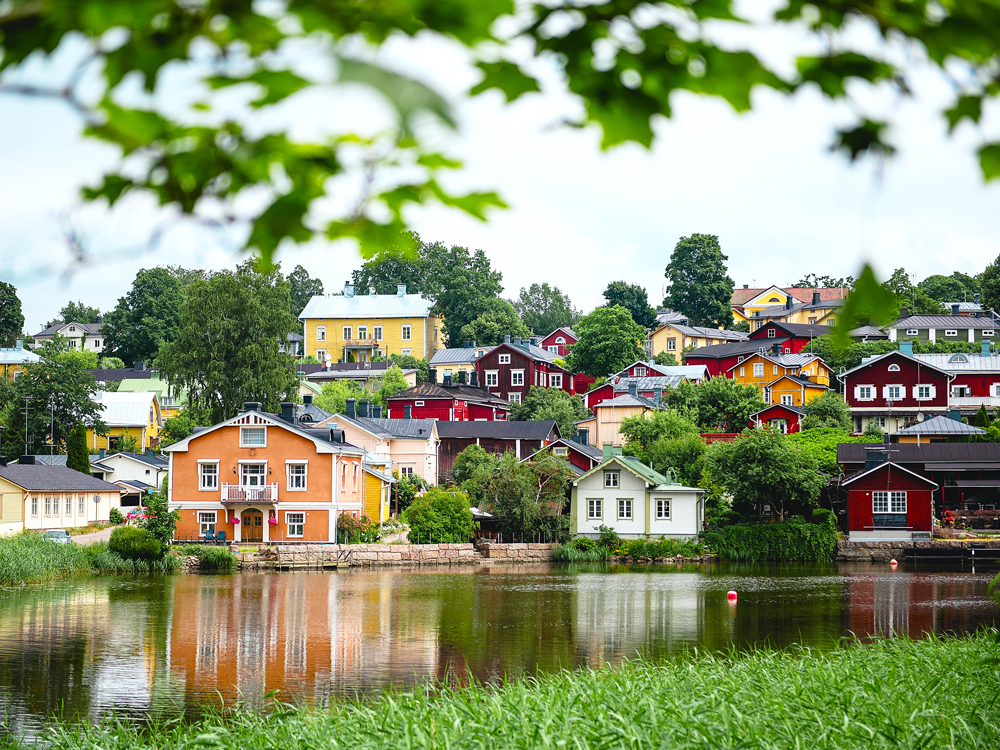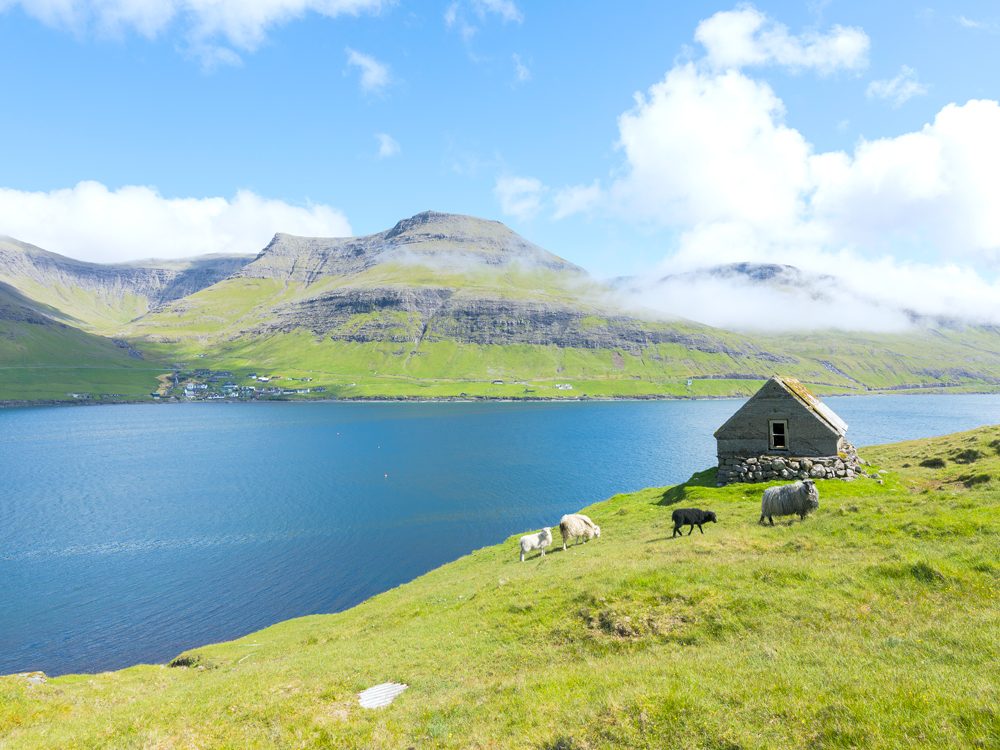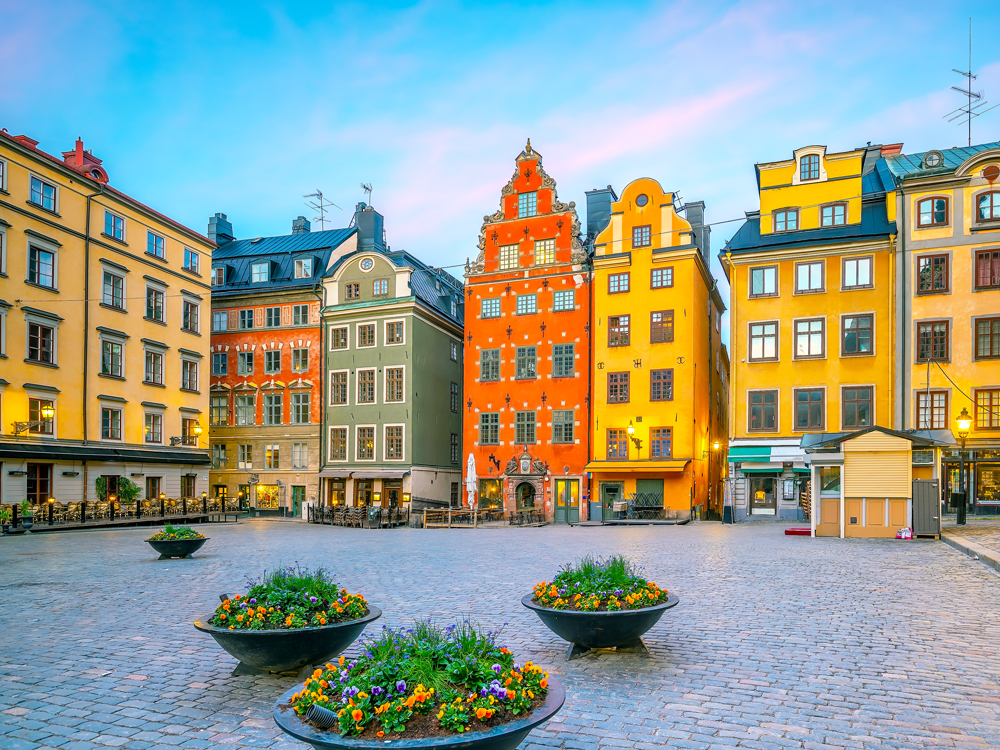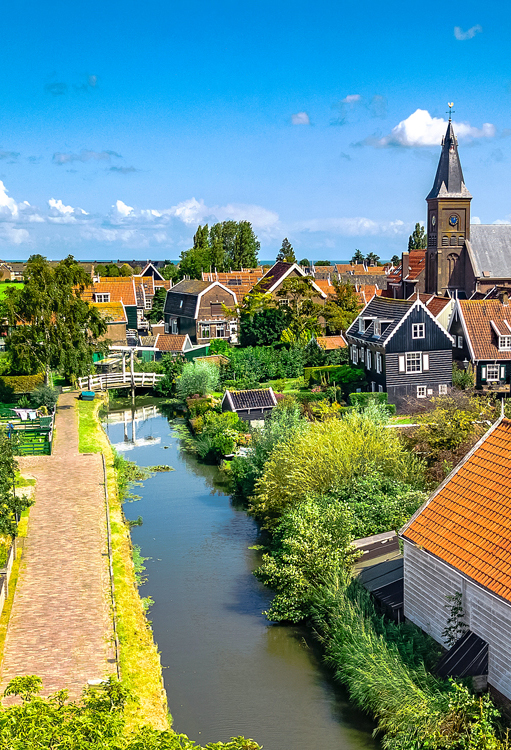According to the 2024 World Happiness Report, citizens of Northern Europe are happier than ever. This year, all five Nordic countries — Finland, Denmark, Iceland, Sweden, and Norway — made it into the top 10 of the list. And the Nordics are no strangers to being on top — this is Finland’s seventh consecutive year in first place. The World Happiness Report is based on data from more than 140 countries using citizens’ self-assessed life evaluations. One of the most important factors in overall Nordic happiness is that, across the board, people in all age groups are happy. The report reveals that low happiness inequality among citizens makes everyone happier. So, what is making everyone in Northern Europe so content? Here’s a closer look at why Nordic citizens are so happy.
Caring Communities

You might be thinking, how are the happiest places on Earth also some of the coldest and darkest? The World Happiness Report survey reveals a surprise: Weather is not much of a factor in happiness. In fact, those long winter days might have influenced a cornerstone of the Nordic lifestyle, hygge — a Danish word for creating a warm atmosphere and enjoying the good things in life with good people. So if weather doesn’t impact happiness, what does?
For starters, Nordic nations foster tight-knit communities with an emphasis on the well-being of the entire population. Because of this, they ranked highly under the “social support” and “generosity” variables. In the global survey, participants were asked, “If you were in trouble, do you have relatives or friends you can count on to help you whenever you need them, or not?” The majority of respondents replied “yes.” Having a high level of trust and caring among citizens leads to social cohesion, which makes communities happier and more successful.
Nordic residents are also generous, and philanthropy is a pillar of the Nordic lifestyle. Most respondents answered “yes” when asked if they had donated to a charity within the last month. Cultivating a philanthropic lifestyle helps those in need, builds community trust, and creates a more pleasant environment for everyone.
Wellness-Based Living

Nordic countries have some of the longest life expectancies in the world, averaging between 80 and 85 years. Wellness is woven into everyday life: walking or biking instead of driving, taking saunas and cold showers, and following diets of locally sourced food. Nations such as Denmark and Sweden are also leaders in green living, ranking highly on the list of most environmentally conscious countries, according to U.S. News & World Report.
Green living goes hand-in-hand with the outdoorsy lifestyle enjoyed in this region, a concept known as friluftsliv (pronounced free-loofts-liv), which translates to “open-air living.” As one Swedish resident explained to the BBC, “Even after we became more urbanized we had this longing to get back to nature, and for the last 100 years, a lot of voluntary organizations like the Scouts and the tourist boards have organized and educated people about how and why to spend time outdoors.”
Public Policy

The majority of citizens in Nordic countries believe in equal opportunities for all, which may be a key factor in why Iceland was the first nation to elect a female president. These countries also provide a social safety net for their citizens, including child benefits, parental leave, health services, hospitals, and care for the sick, unemployed, and senior citizens — all paid for by the government.
These countries boast some of the longest parental leave policies in the world, with Sweden leading the way and granting citizens 480 days of paid leave. (Each parent receives 240 days, or single parents are entitled to the full 480 days.) Nordic cities are also famously family-friendly, boasting ample affordable public transportation and plenty of playgrounds for children. According to the chief city design officer of Helsinki, Finland, access to spaces for children to play is “something that everyone has a right to — it is like a basic service of urban life.”
Wealth Satisfaction

Money doesn’t necessarily equate to happiness — some countries in the World Happiness Report had high GDPs but low happiness rankings — but in the case of the Nordic countries, it helps. Gross domestic product per capita was one variable used in the report to measure happiness. Economists use it to gauge the prosperity of a nation (as the country’s economic output per person). Countries with the highest GDPs tend to be more developed and industrialized.
In 2023, all Nordic countries ranked in the top 10 of the highest GDPs in Europe. A high GDP per capita is indicative of an affluent market, meaning that most citizens earn comfortable wages, and luxury goods and high-end services are more available. This drives happiness and satisfaction while bolstering the economy. Because of this, the Nordic luxury goods market is projected to grow even further, earning more than $7 billion in 2024.
Featured image credit: Credit: JaySi/ iStock via Getty Images
More from our network
Daily Passport is part of Inbox Studio, which publishes content that uplifts, informs, and inspires.
















